Problem Solving Strategies
Problem solving strategies is as wide an area as horticulture.
There
are so many different techniques as there are plants and each have their own
use or effect.
In these pages, we would like to introduce you to the topics of problem solving, to explain what problem solving is and to go into problem solving tools and activities.
Articles on this topic:
Introduction to the Basics:
These articles are to give the basic elements of solid problem solving techniques.
Here we have articles on more detailed approaches you can take in solving problems.
These techniques are universally adaptable and very useful to know.
8D Problem Solving Process
Free Tutorial |
Our EbookOur Ebook: 8D Problem Solving Process
|
Looking For Business Parables, Metaphors or Stories?
Free Online Business Training
Get The FREE Business Training On Creativity Here.
(Just click on the Picture)
What are the Problem Solving Strategies ?
There are many strategies of which the following are some:
- Analogy: Where you use close or distant comparisons to trigger ideas and gather new insights.
- Categorizing: Sorting out ideas into categories and groupings or clusters
- Checklists, Tables: Using quantitative data to address your problem.
- Causality: This is using mapping to understand the inter-dependencies or patterns between the causes.
- Concept Mapping: To use diagrams to achieve an overview of the problem to be solved
- Excursion: Using metaphors to view the problem from new angles. Describe and then force a fit back to the current issue.
- Numerical: Again, quantitatively looking at data for an understanding of the problem and then its solutions.
- Hitch-hiking: Developing new ideas based on past problems. (see Lessons Learned)
- Re-framing: To re-frame an issue in order to get a fresher insight of the issue at hand.
- Pictures: Using pictures to trigger off ideas, either by drawing them or superimposing them on the problem verbally.
- Questioning: This is the Formulation or pursuing of a line of questions that may lead to the discovery of issues otherwise uncovered. This strategy is good for difficult to define issues.
- Scanning: This is the on-going search of selected areas for relevant information.
- Surveys, Polls, etc.: This is using questionnaires to gather ideas or information.
- Expert Knowledge: Using experts to gain insight to a problem and how it may be solved.
- Voting: Gathering information from rating, judgments, or votes from group members.
- Verbal: Using the properties of language, rephrasing problems or their descriptions to highlight new aspects.
- Wishing: Using wishing to challenge the group’s perceptions and to energize goals.









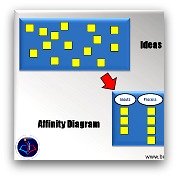

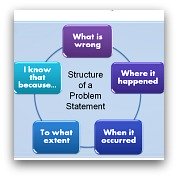

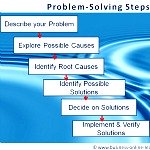

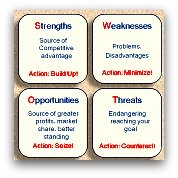



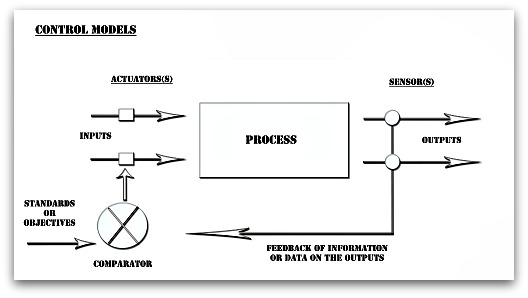




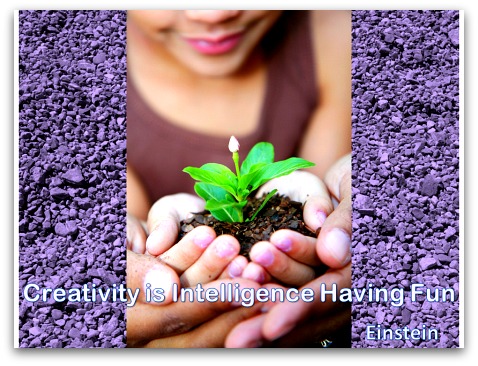

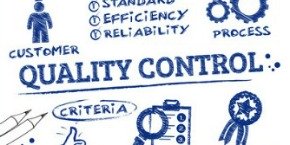

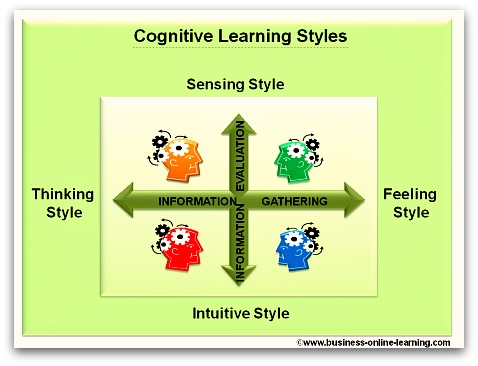
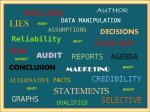

 My name is Martha and I have worked for over 30 years in various aspects of business and in various countries, right around the world.
My name is Martha and I have worked for over 30 years in various aspects of business and in various countries, right around the world.